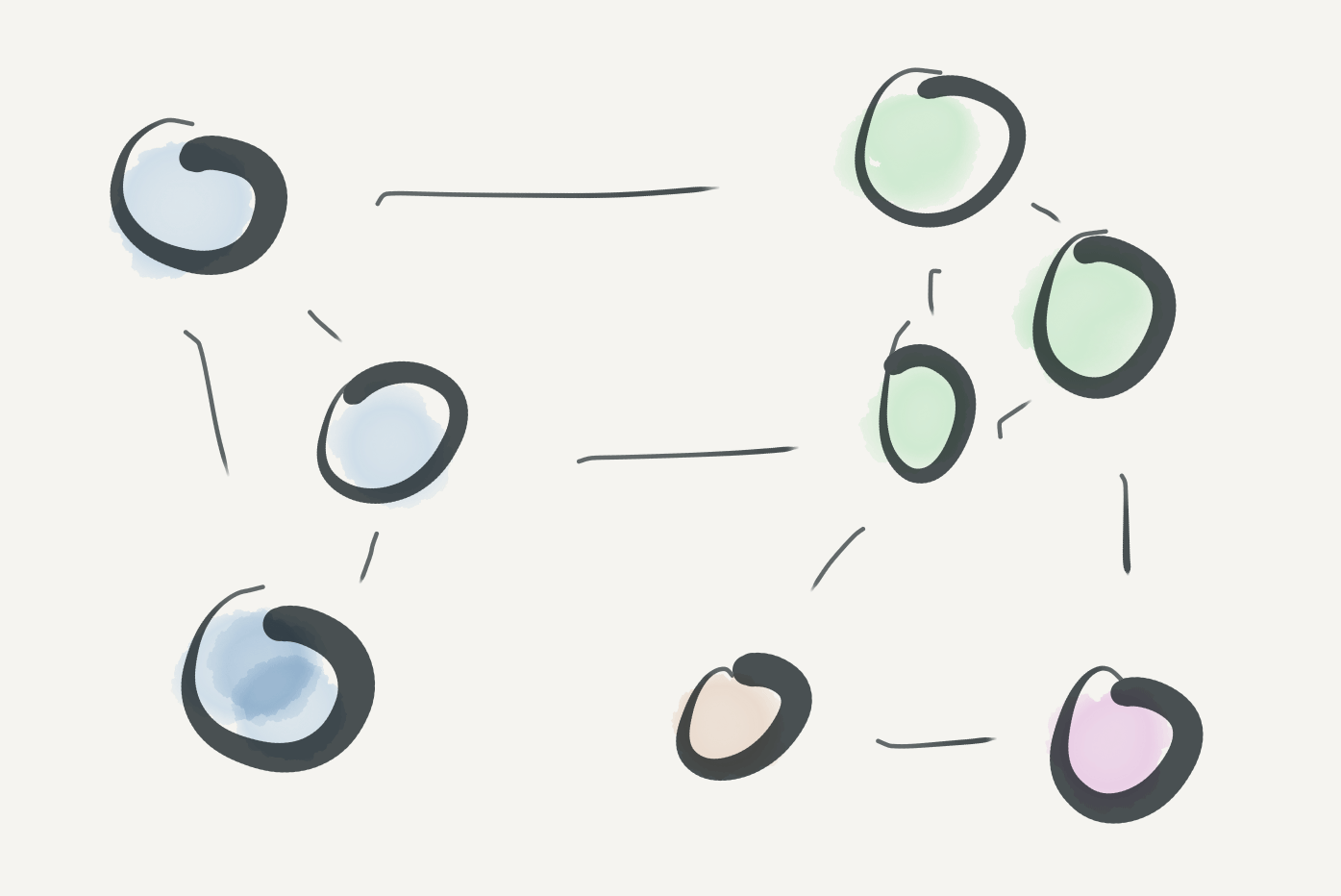anthony galvin
TAGGED: TEAMS

It's taken me a while to come to this realisation, but I've spent a huge chunk of my life trying to achieve things with teams. Sports teams, software teams, bands, orchestras, actors and product teams. To be fair not all of these notional teams have been successful - but when they work well, teams are awesome.
It's a cliche to say that "being a team player" is important at work. Most of the time this is just a platitude for people who don't rock the boat. A way of saying that the person in question is no trouble. I don't always buy into this team of mates dynamic.
To continue the cricketing viewpoint, Mike Brierley, arguably the greatest exponent of captaincy and understanding the psychology of teams sums it up nicely "If individualists are too powerful, too divisive and too selfish, the team suffers. If they run riot, the notion of team scarcely exists. At the other extreme, some teams can become flat, conformist and dull. Far from running riot, individuality is suppressed."
So there's plenty of scope for the right kind of discussion and a team that's able to sometimes hold divergent points of view, at least for short periods of time.
It's not always easy to identify the right group dynamic from the inside, never mind on the outside. In my experience it's one of the reasons why agencies often struggle with consistently casting high performance teams. Even if resourcing is operating beyond the principle of "availability as a skillset", the people making the decisions when pulling together new project teams are on the outside, and from there the signals of a genuinely good team are almost impossible to detect. In an agency it can sometimes feels like the approach is "We've got this project team performing really well. Now we've delivered everything we should break the team up and make sure this group of individuals never work together again".
I've written recently about some of the challenges in scaling teams across multiple locations, but as well as geography having a significant impact, more people also comes with a time cost.
More people doesn't have to mean your people. As the number of integrations, partners and vendors increase the time cost of managing, motivating and co-ordinating all these different folks can have a significant impact. A small team that has many thrd-party integrations doesn't just have a scope challenge, it also has team management challenge as well.
Perhaps this is the ultimate team challenge - when the team in question isn't just your team, but other teams as well.
25/02/2019 permalink
Casting Teams: Digital agency agglomeration
In Evan Davis’ provocative documentary Mind The Gap, he argues that a key attribute that makes London such a successful city is the way that a huge mass of people with diverse talents are able to combine to produce ever more effective and powerful alliances. This effect, known as agglomeration, is a key reasons for the success of start-up communities such as silicon roundabout.
Digital agencies increasingly require the effects of agglomeration to innovate on behalf of clients. Brands are looking to ‘innovate to differentiate’, working with agency partners on ever more complex campaigns, co-creating connected products or pushing the web through responsive builds and smarter mobile development.
These kinds of briefs require an agency to line up diverse teams, with previously ‘non-standard’ skill sets. This isn’t just a production problem. The ‘mad men era’ copywriter+visual creative team isn’t an atomic unit in the world of prototyping, hardware hacking and auto-scaling cloud based solutions. Small project teams need to be comprised of specialists from a wide range of disciplines who quickly need to form productive teams. These teams need to live in the medium. Presenting ‘mobile first’ creative in a PSD is clear warning sign for agencies and clients.
So how do agencies find a way to crunch together multi-discipline teams at short notice. The 3 martini lunch era is a distant relic, and ever more efficient agency businesses are loath to run ‘a large bench’ of specialists. Conversely keeping control of freelance costs exerts financial pressure in the opposite direction. Staffing an effective and innovative team in 2014 is a challenge.
One strategy is to develop a t-shaped skills culture, where people continue to have a strong specialism (and craft) but also have a wide exposure to complementary skills. An agency of designers who code and hardware hacking project managers.
Agency frogger is seen as a threat to business continuity for agencies, but recruiting talent who have been exposed to a wider variety of projects and environments is a potential shortcut to a more diverse and flexible team. Encouraging staff to share, talk and present at events inside and outside of the industry is another way of exposing teams to external influences.
This isn’t an easy problem, but it is one that agencies need to solve to avoid producing out of date, commoditized work that is no longer effective. In many ways the type of skills required are the same, but the tools and landscape have changed. A digital agency that continues to show copy in Word and present ideas using PDFs is already suffering from having the wrong teams in place. The future is already here, it is just unevenly distributed.
2014-04-03 11:07:00 GMT permalink

It often starts with a sigh. Away from work you hear the obvious sound of frustration when an app or service doesn’t work as expected or crashes at a critical moment. As more and more of our lives are mediated through different glass rectangles, the expectations and importance of delivering brilliant, scalable and reliable experiences on those devices grows.
Which means in practice that the numbers of people involved in creating and engineering the apps and services that people rely on are inevitably large. One of the challenges for people like myself responsible for delivering the software to make all this happen is that with so many people involved how do you create an environment that delivers high quality software and services.
It’s a bit of a management speak truism that everyone on a project is “on the same team”, but in practice that’s not really possible. For some of the global projects I’m working on at Huge, there’s often over 100 folks involved, with a large percentage of these made up of engineers in variety of locations. We have a common objective but in practice we are many teams.
Where location does play a factor is often around balancing time zone coverage so that there’s enough people in each location to ensure effective collaboration. There’s no point adding a single developer with almost no time overlap with anyone else on the project.
However, in practice the amount of overlap doesn’t always have the positive effect people might think. Complex engineering problems require deep focus and an environment that reduces interruption in addition to cross discipline collaboration. The reality of a distributed team is that at some point of the day there are times when there’s fewer people online. Which correlates with fewer interruptions.
Would I choose to have the engineering teams scattered across the planet if it was possible to have everyone in one building. Probably not, but the reality of the work is that this isn’t really possibly, and in practice it’s not the most important piece of the puzzle.
10/11/2018 permalink